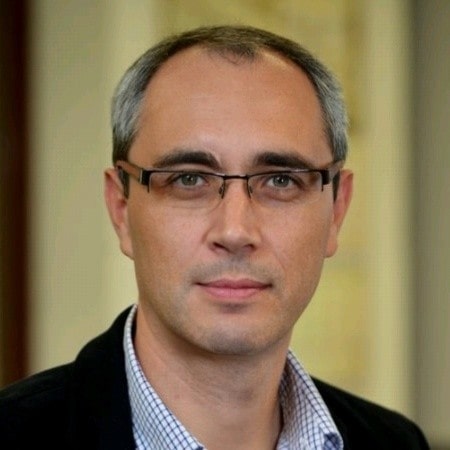Corezoid at Amazon re:Invent 2015, review
Recently, a team from our cloud OS Corezoid returned from Las Vegas, where on October 5-10 we participated in a leading global technology conference Amazon re:Invent.
The first time I encountered the term "cloud computing" was, as I was reading news about the speech of Google CEO Eric Schmidt at a conference in 2006. He then spoke of the importance of the transition from "client-server" architecture (largely invented by Oracle) to the "cloud" concept. Then Eric Schmidt described the cloud as follows: "In our vision, we start from the fact that the services for working with data and the main part of the IT architecture of the future companies must be located on remote servers. We call this approach "cloud infrastructure".
If you dig deeper, the term "cloud computing" was first used in a business plan of Compaq in 1996. You can read here about this.
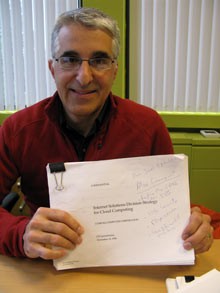 |
|---|
| Compaq employee holding a document where the term "cloud computing" was first used in 1996. |
Since then, “cloud” technologies have enjoyed explosive growth. Sitting in San Francisco airport, before flying to Las Vegas for Amazon re:Invent, I counted five (!) screens around me with "cloud solutions" advertisements from different companies (IBM, VMWare, Oracle, Microsoft, EMC). "It's funny - I thought - in the past you would expect Coca-Cola advertising in places like this, ads for some car manufacturer or leading banks possibly, but now suddenly the #1 theme is cloud solutions".
This year, Amazon re:Invent gathered a record number of participants: 18,600 people. In 2012, there were much less people: 5,700. There are good infographics about the history of the Amazon re:Invent development in the Cloudability blog. By the way, marketers take note: if you want to get traffic to your site after attending a conference - create infographics about the conference and post them on your website. Cloudability was one of the companies participating in Amazon re:Invent, which specializes in "Cloud cost management" (answering the all important question how to avoid a potential $100,000 bill from Amazon!).
 |
|---|
| The conference begins, October 6, 2015. |
Amazon booked five floors in the building of The Venetian Hotel for the conference. Americans are fanatics in matters of design of business processes (and generally any process). Amazon re:Invent is no exception. The event for 19,000 people was planned to a level of detail that I never felt the slightest inconvenience throughout the organization of conference.
Free Wi-Fi flew, spokespeople were seen and heard very well (eight huge screens in the main pavilion), food, tea and coffee were delicious, free and unlimited. To prevent people from getting confused where to go, every 15 meters Amazon put coordinators in yellow shirts who worked as controllers at intersections, guiding the crowd into the different flows.
We had great help in navigating the location from Alex, a senior Amazon employee, who is now responsible for the company’s security. Alex was born and raised in Kiev, he moved to the United States in 1996. The Ukrainian diaspora is generally very responsive. Anyone interested in entering the US market, pay attention to the community UA50, add yourself to the group of Ukrainians in California, and pay attention to the Slavic last names in the list of members. We had our first publication on Corezoid in the Western media just after one of our emails was answered by journalist Elena Mesropyan from LetTalkPayments, who is fluent in Russian (though, in person, Elena said she was interested in the Corezoid technology per se and our Slavic names had nothing to do with it). Also I was given council by Yevgen Sysoev, Nick Bilogorskiy, Yaroslav Azhniuk, Andrey Akselrod, Vladimir Mezhibovsky, Stanislav Khirman, Sergiy Ravnyago, whom I met/called up at different times before and during the conference.
Let's go back to Amazon re:Invent. Alex introduced us to people from NASDAQ responsible for the IT infrastructure of the exchange. Within an hour of lunch we were pitching them about our product, and now we will try to run some pilot together. The weak point of the companies from Ukraine is spoken English. Oleg Roginskii, in particular, describes this issue here. We couldn’t have succeeded in the talk with NASDAQ, but for help with translation from our friend from Canada, who has long worked in the banking industry.
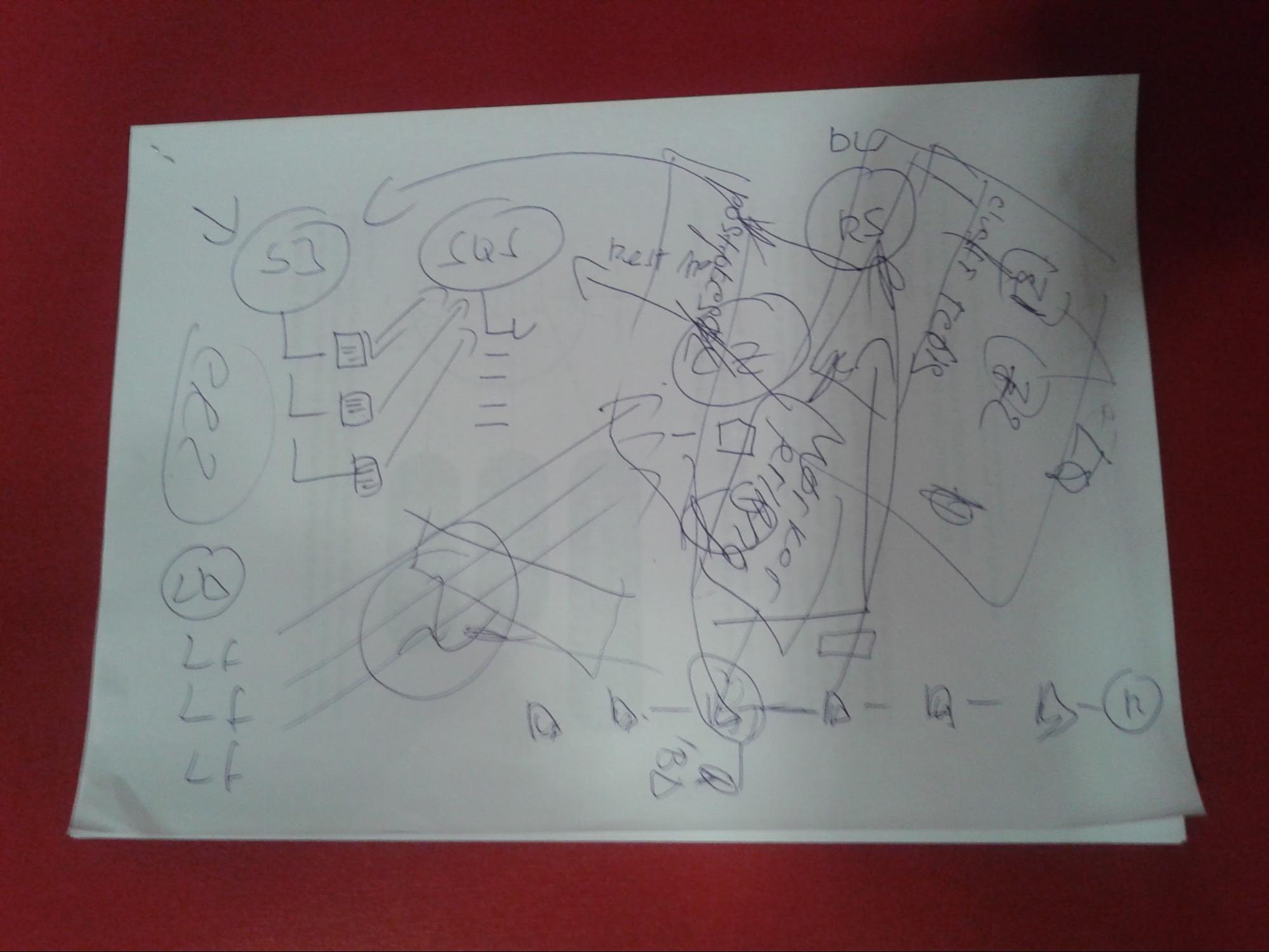 |
|---|
| Deputy Head of Center of e-Business, PrivatBank Sergei Kharitich explains Corezoid to colleagues from NASDAQ |
Companies coughed up a rather large amount of money for the right to have their own booth at Amazon re:Invent, so everyone tried to use the "client flow" to the maximum. The main purpose is to find new customers. The primary tool is good old-fashioned work with the "funnel". The first thing to do is to catch the flow of people passing by the booth. The main ways: "Do you want a T-shirt?", "Sign up and win an Apple Watch!", "Do you already have our bag?". People try to distribute interesting things (not leaflets) to visitors: credit for smartphones, T-shirts, caps, bags, flashlights, adapters. They ask to scan your badge and offer a short 5-minute presentation about their product.
At the same time, beautiful girls are sent to the "front line" to invite customers to product presentations. This is especially true at such a conference, where about 90% of the participants are men. The presentation itself is held by either a top manager of the company, or a geek who deeply understands the product. All presentations are honed to perfection - there are dozens of windows opened on the screen, technologies are explained via case studies and examples.
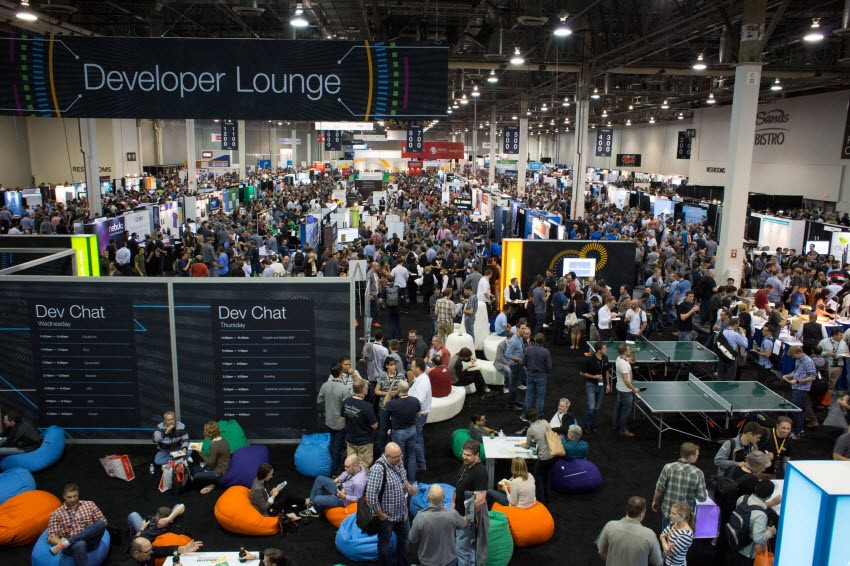 |
|---|
| Showroom of Amazon re:Invent 2015 |
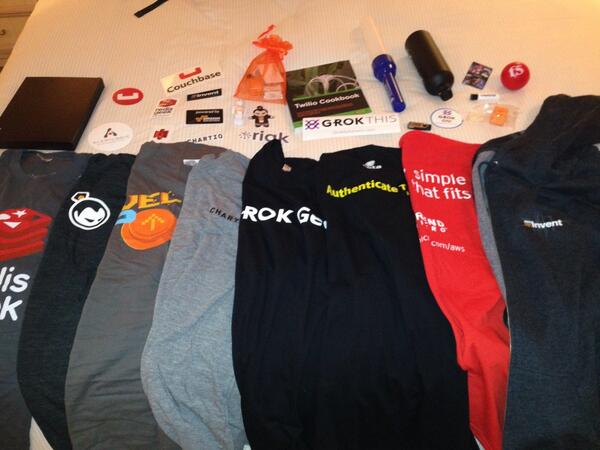 |
|---|
| SWAG |
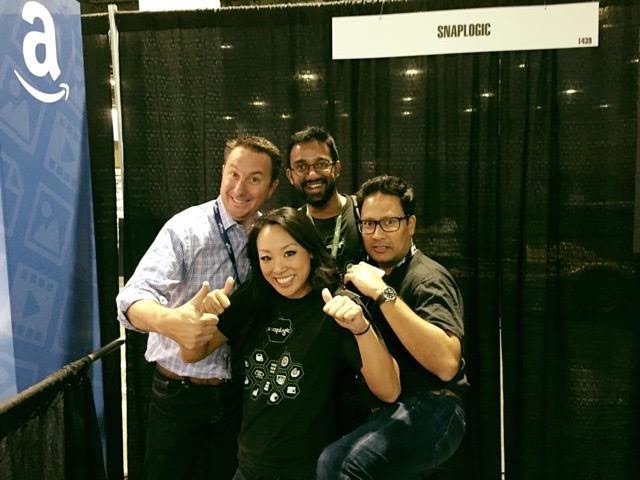 |
|---|
| In the center - Ellen Fang, SnapLogic Field Marketing Manager, who arranged a stirring Apple Watch drawing at her booth |
After the leads are assembled, the next step of the funnel is to invite the person to a Skype call where there is more time to talk. My mailbox immediately after the conference was inundated with letters from companies that scanned my badge. Sometimes those were nice Mailchimp-patterns, sometimes short but catchy text.
Unfortunately, I did not have time to answer them all. But the companies did not give up hope. For example, a Commercial Account Manager from AppDynamics sent me already four (!) letters with a difference of a few days.
 |
|---|
| Before considering the lead "inactive", the company sent four letters with a difference of a few days |
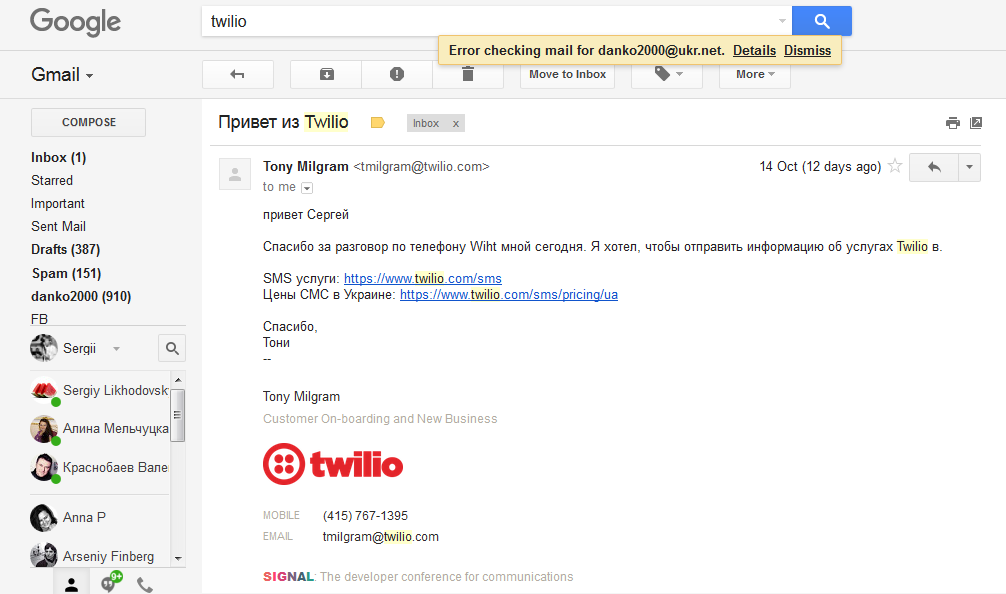 |
|---|
| When I did not respond to an English-language letter from Twilio, Customer On-boarding and new Business, manager Tony Milgram, possibly using Google Translate, sent me a letter, which reads: "Thank you for talking on the phone today," (there was no call). Here are our prices. |
Well done, Twilio! Check out how much they are trying not to lose the lead. I also liked the phrase in one of the letters: "I know you're busy, so wanted to quickly return this to the top of your inbox and reiterate my offer to connect", - that is, the representative purposefully sends a letter to be at the top of my Inbox.
In this article, I specifically write the full job titles of people with whom we spoke. Companies in Eastern Europe often simply have no such positions. I especially like the position "Solution architect". LinkedIn search is now showing 140,670 people with such a title.
The objective of Solution architect is to choose a combination of IT solutions for a project startup. Today, experts and journalists speak of a new era in software development. For example, in this article on Techcrunch, the author discusses the importance of API-First design. In the past, developing software, creators used to focus on the user interface (how will our product look on the screen?). Now this is a question for much later consideration. You must first discuss the server architecture and API. Which front-end will eventually emerge is not so important (even a dozen different front-ends). In another article on TechCrunch the author writes: "The world needs a new approach to software development. Our core technologies should be broken into small components, the equivalent of Lego blocks, with which any decision can be easily made".
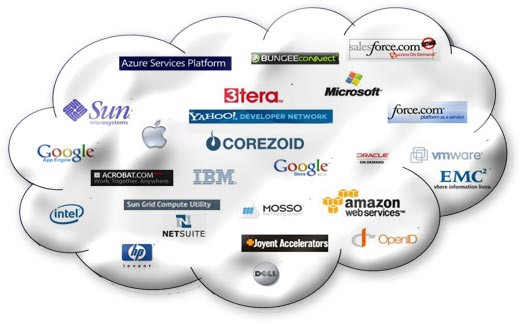 |
|---|
| Solution architect chooses from tens of base platforms and of thousands of cloud services |
A Solution architect is a professional who decides what combinations of servers, protocols, databases, front-ends, programming languages, etc. will be used in the product. People with the level of competence of Solution architect are those who can best understand our Corezoid State Machine, which works like a "crazy glue", allowing you to attach hundreds of API and software solutions under a single logic. As our colleague Alex from Amazon said, you can't find engineers today in the US, try as you might. There are plenty of coders. People finish a three-month course on JavaScript, and are already trying to write something, while true engineers who can create complex architectures and processes, understanding the pros and cons of different solutions, are difficult to find. The difference between a strong engineer and programmer is the same as between Jack London and a typist.
An interesting observation - at Amazon re:Invent, companies focus on any one part of cloud solutions: security, sending notifications, marketing campaigns, cost management. And here Corezoid has an advantage, because virtually all of the products shown at the Amazon re:Invent can be created on the basis of Corezoid. This can be a difficulty as well: to clarify the concept of "digital core, which allows you to manage all processes" is not always possible. In communicating, the trigger words are: legacy issues, increasing speed of innovation, creating prototypes fast.
Alex from Amazon shared his thoughts: "Unbelievable what happens. Today I met a few booths of companies that yesterday were "knee-high to a duck", were small start-ups, which exploded in a matter of months. It's like a fire. Technology is taken to use, then all gets brighter and brighter. I was also surprised that even I have met a few big companies from my area (security), though I had never heard anything about them before, despite being deeply in the industry, and keeping track of the news".
Getting to know the staff of the Amazon Partner Program proved to be helpful for us. This year Corezoid passed moderation and became available on Amazon Markeplace. Amazon action logic is simple: let's make a Marketplace, where companies from around the world will offer their cloud solutions, and customers will buy these solutions together with hosting and related services from Amazon. An individual Partner manager in Finland was assigned for Corezoid, with whom now we need to agree on joint activities: Lunch & Learn (Corezoid presentation for Amazon Sales Team), Webinars (holding webinars on Corezoid for Amazon clients), Joint White Papers (publishing joint cases with Amazon). All these capabilities we will need to use, because the problems that are solved by Corezoid are now on everyone's lips and clear to all. I liked the statement of one of the participants: "Wow, guys! Everyone has created so many APIs, and you're a platform for APIs. It's like we're creating bullets, and you're selling guns".
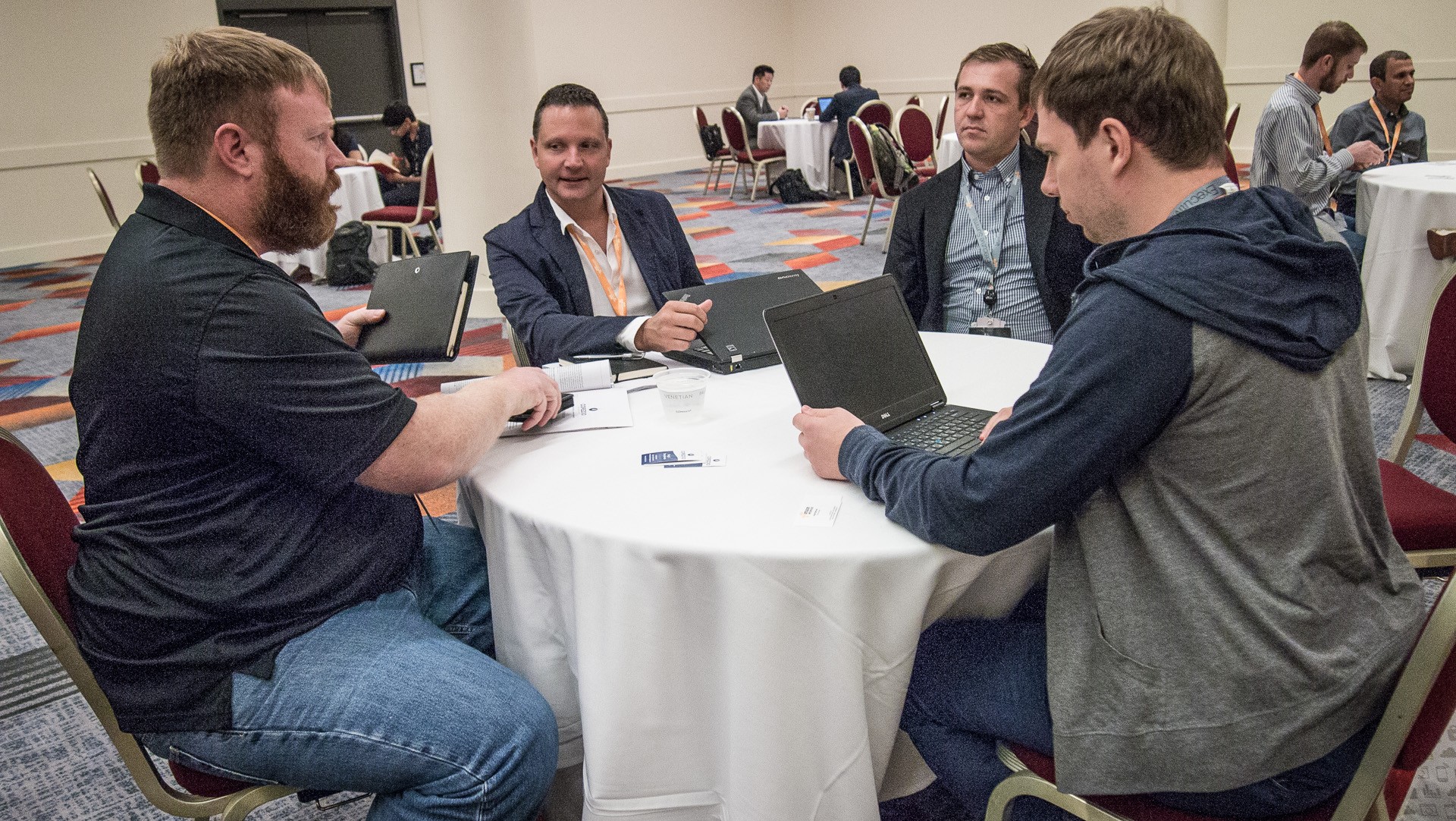 |
|---|
| Discussing upcoming steps on Amazon and Corezoid cooperation with colleagues from Luxembourg (Todd HildeBrant, Amazon Manager Solution Architects EMEA Partner, Sergei Rakovskii, Territory manager, Sergei Kharitich, Deputy Head of Center of e-Business, PrivatBank). |
After returning we started to experiment more actively with the theme of Internet of Things. Amazon gave us the magic IoT Button. For the experiment, we assembled a simple process in the Corezoid cloud. Corezoid creator and Head of the Center of e-Business Aleksandr Vityaz can now invite his assistant to his office with a single click, two clicks - requests tea. The front-end for messages is the Sender Messenger, soon we will publish detailed instructions on how to program processes using Corezoid and the Amazon IoT Button.
 |
|---|
| Amazon IoT Button |
 |
|---|
| Amazon IoT Button - Sender messenger - Tea |
Two more interesting topics, which are now being actively discussed among experts - are artificial intelligence (to dive into, I recommend reading the article “The AI Revolution: The Road to Superintelligence”) and genetic programming.
Corezoid implements the principles of the theory of genetic programming. The point is that the code is not written from scratch from A to Z by a developer, but is "grown" by the same algorithm in a process of self-study. Here I am able to announce the next publication on how to create a process in Corezoid that will continue to grow and "build" itself.
Currently on my desk there are dozens of business cards of people with whom I need to get in touch to discuss further steps on cooperation with Corezoid. The same funnel, in a simplified form: "Card - letter - Skype call - client"”.
A great place for networking is the Burning Man festival in the desert of Nevada. If you haven’t heard yet, just google. This is a place of worship among Silicon Valley entrepreneurs. Author of the book "The Search" writes that Larry Page and Sergey Brin agreed to hire Eric Schmidt, when they learned that he was at Burning Man. Here are some photos with Eric Schmidt from Burning Man 2007. You are also invited to join the Facebook group Burning Man Ukraine.
 |
|---|
| Leads FinDEVr + Amazon re:Invent 2015 |
For those who are interested in a complete list of innovations that Amazon presented at its event, I advise you to read the review on Information week.
